If you intend to use dry ice to improve your cooler’s insulation capabilities, here you can read about the best way to pack a cooler with dry ice. But, besides the best ways to pack dry ice in your cooler, I will also give you answers to basic questions like what is actually dry ice, why should we use dry ice, and what are the benefits of using dry ice.
Now let’s answer the main question:
What is the Best Way to Pack a Cooler with Dry Ice?
When it comes to packing dry ice in a cooler, there are several different methods and each one of them has its own advantages and disadvantages.
However, to decide which method to use, it depends on what kind of items you want to be frozen and how long you need them to be in the frozen state before being used. So, here are the two most popular methods of using dry ice in the cooler:
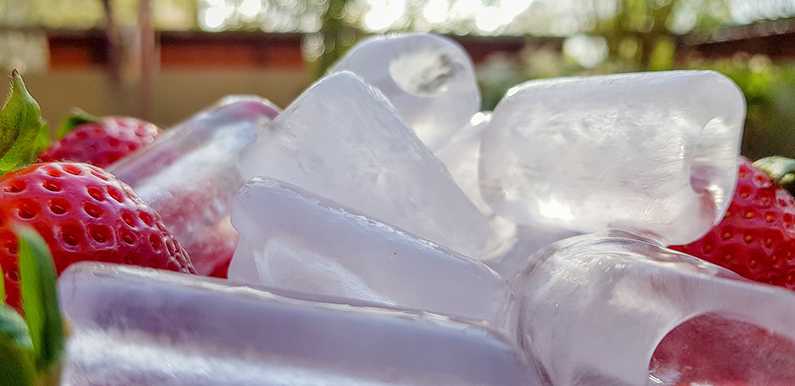
1. Placing Dry Ice On the Bottom of the Cooler
In this method, you simply need to place the dry ice block or pallets of dry ice on the bottom of the cooler. Once you’ve finished placing the dry ice on the bottom, the next step is to arrange your items on it.
The placement of the items will be in the following order:
Immediately above the dry ice will be placed the first layer of items, and these are the items that you want to be frozen for a longer period of time, as well as those that you intend to use later.
Immediately on top of this layer of items, you should place the layer of items you intend to use earlier and those that you don’t want to be frozen but just kept cold. This is usually the best method if you need to keep your items frozen for a long time.
2. Pack the Dry Ice On the Top of the Items in the Cooler
The second method is actually the reverse process of the first where the dry ice was placed at the bottom.
In this method, the dry ice is placed on top of your items. In this case, when the dry ice begins to melt, the cold gas will begin to fall down on the items with freezing temperature and at the same time will cool them.
FAQs about Dry Ice
What Is a Dry Ice?
Many of you have been wondering what is actually dry ice? First of all, we all know how to make regular ice and how it works. We simply take a certain amount of water and freeze it in the freezer. Frozen ice is widely used in our daily lives, but we often use it to keep food safe and cold.
Over time, due to the higher ambient temperature, the ice heats up and begins to melt. In fact, the ice returns to its original state, and that is water. While making dry ice instead of water for freezing, we freeze carbon dioxide, which is one of the main differences.
Another thing is that dry ice is much colder than regular so-called wet ice. We all know that water freezes at 32 degrees Fahrenheit (0 degrees Celsius). While the temperature of the dry ice is much lower than the temperature of the wet ice and it is about 109.3 degrees Fahrenheit (about -78.5 degrees Celsius) which is really very low.
So, what is dry ice? Simply, dry ice is just frozen carbon dioxide at a temperature of 109.3 degrees Fahrenheit (or about -78.5 degrees Celsius).
But now that you know how to make dry ice, you may be wondering why it’s called dry ice. In fact, it gets its name from the fact that when it starts to heat up, instead of becoming a liquid; it turns into a gaseous state. In fact, dry ice does not melt, it simply returns to the gas.
Often this process when dry ice turns into gas is followed by smoke. Simply put, the moment the dry ice is exposed to heat, a rapid process of releasing the gas into the air begins.
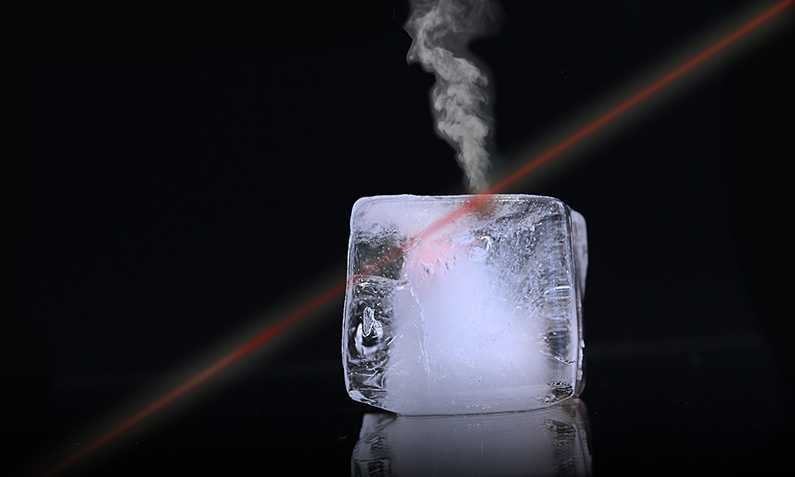
Why Should You Use Dry Ice in Your Cooler?
Due to the properties of dry ice to become a gas when exposed to heat, it is one of the main reasons for its popular use in coolers. So you don’t have to worry about making water in your cooler when the ice starts to melt.
Simply put, solid carbon dioxide is converted to a gaseous state, and when you open the cooler, it simply evaporates into the environment.
Here are the best tips on how to keep ice from melting in cooler.
What Are the Benefits of Using Dry Ice?
As I mentioned a while ago, one of the main advantages of dry ice over wet ice is its very low temperature. It is mainly used to store your items in the cooler frozen for as long as possible, especially food and beverages. In fact, this is not feasible by using regular ice, because it has the property only of keeping your items cold.
Another useful feature when using dry ice is that it lasts much longer than wet ice. It is advisable to use larger pieces of dry ice in your coolers. Because unlike smaller pieces, the larger blocks of dry ice maintain freezing temperatures for a longer period of time.
Another great advantage when using dry ice as I mentioned earlier in this guide is that unlike regular wet ice, it does not turn into water when heated but into gas. This is especially important when we have food in the cooler so that it does not get wet and heats up quickly, which will lead to food spoilage.
Here Are Some Extra Tips to Get Better Results When Using Dry Ice in a Cooler
- If you want to have a longer freezing time, it is advisable to use larger blocks of dry ice, because their melting time is slower and longer.
- To slow down the melting time of dry ice blocks, you need to wrap them with insulating materials such as towels and newspapers.
- Do not open the cooler often, only when you need it. By opening the cooler more often, it allows hot air to enter from the outside and accelerates the defrosting of the items.
- It is very useful to use regular ice to fill the gaps or so-called air pockets between items and blocks of dry ice to get the best results.
These Are Best Safety Tips on How to Handle Dry Ice
Although dry ice has much better properties than wet ice, it is still very dangerous if you do not handle it carefully. Here are some safety tips when using dry ice:
- Use Protective Equipment: First of all, you should always wear protective gloves and long sleeves when handling dry ice. Because the temperature of the dry ice is very low and there is a high chance of getting frostbite on your skin. So it is advisable to wear outerwear with long sleeves and protective gloves so that you are not injured when handling dry ice.
- Never Put Dry Ice in Drinks: This is one of the most important things you need to know and never do, and that is to never put dry ice in your drinks. If swallowed a piece of dry ice, it can damage the internal organs of your body.
- Provide Good Ventilation: We all know that dry ice is actually frozen carbon dioxide. So when it melts, it releases carbon dioxide into the environment. Too much carbon dioxide can cause dizziness, nausea, and, in the worst case, death.
- Dry Ice Use Only Outdoors: Never use dry ice indoors. It is recommended to use only outdoors. When traveling by car and if and if you use dry ice in your cooler, it is recommended that it be placed in the trailer of your vehicle, but never inside.
Thank you for reading my guide about the best way to pack a cooler with dry ice and I hope you found some valuable information.




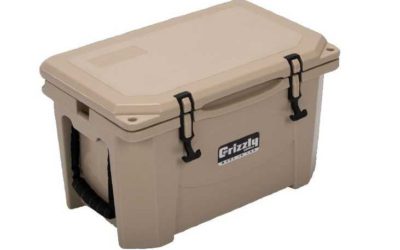
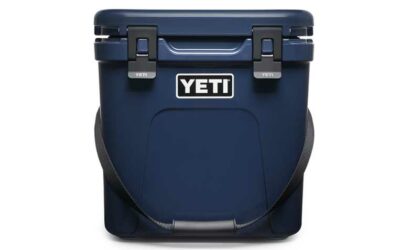
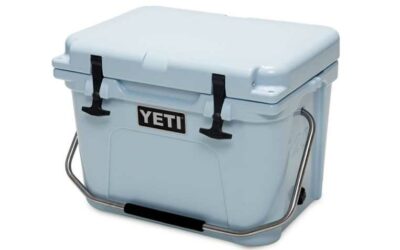
0 Comments